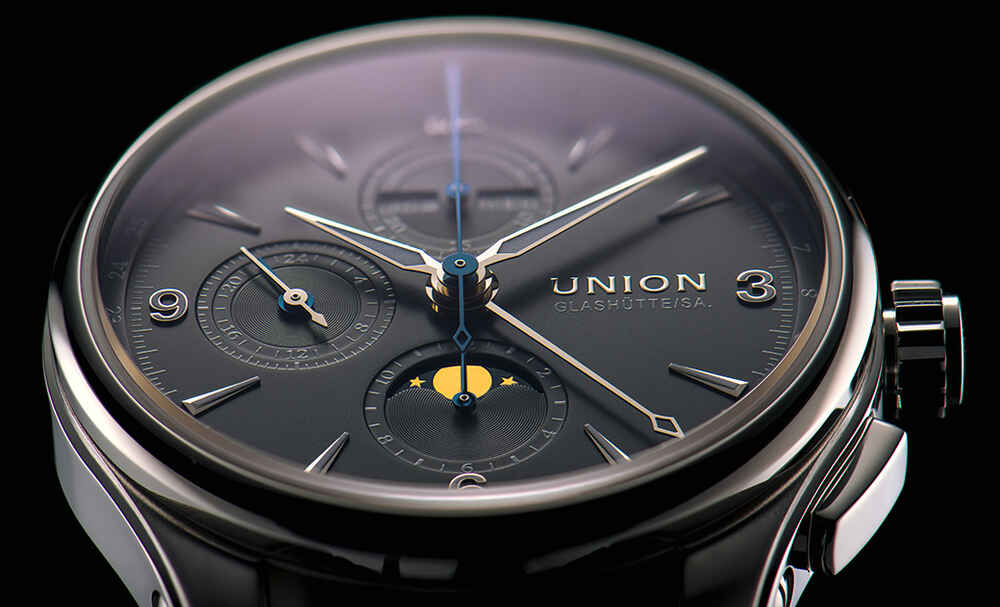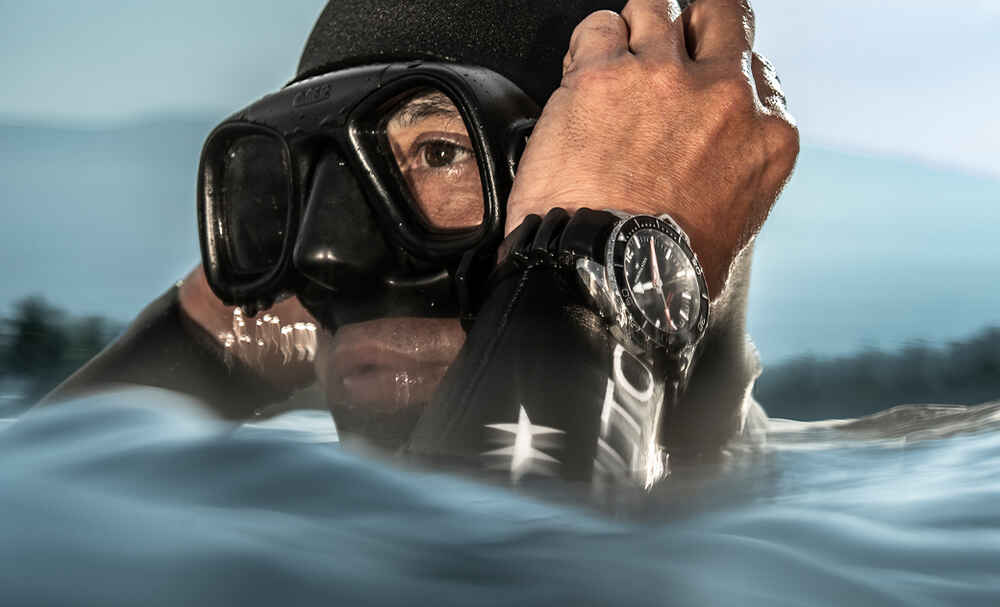The different types of watch glasses
Early watches (before 1930) were equipped with conventional window glass and accordingly not very break-resistant. From the 1930s, plastic glass was gradually used. This was particularly light, inexpensive and resistant. However, it was also highly susceptible to scratching, so hardened mineral glass increasingly came onto the market as an alternative from the 1970s onwards. This is still used today in the majority of wristwatches as watch glass. From the 1980s, sapphire glass, which is very resistant but also expensive, became increasingly popular.
The fact that wristwatches are mainly used as fashion accessories was not always so. In the early 20th century, they were primarily aids for certain activities, such as flying. Depending on the area of use, the watch glasses also had to withstand different requirements: The crystal of a diver's watch, for example, had to be very tightly sealed to the case, and the watch crystal of a pilot's watch had to be as resistant as possible to changing air pressures.
As the word implies, this material is made of a plastic called polymethyl methacrylate (abbreviation: PMMA). Trade names for it are usually Plexiglas, acrylic glass or Hesalith glass. This material has some positive properties: it is very light, relatively impact resistant and easy to polish. One disadvantage of plastic glasses is that the material can be scratched relatively easily due to its low density, unlike sapphire glass. However, fine scratches can be easily repaired by polishing. In addition, the material can yellow due to UV radiation and age.
In addition, it has osmotic properties. This means that it can be permeable to water to a very small extent. When plastic glass is used in diving watches, it is particularly thick for this purpose and often has a reinforcement. Such "reinforced" glasses have a metal ring at the base that prevents deformation or shrinkage due to pressure or heat.
However, Plexiglas also has an unmistakable advantage over other watch glasses: Anyone who has ever held a watch with Plexiglas in their hand will have noticed that the dial looks particularly clear and natural. This is due to the fact that Plexiglas reflects virtually no light and thus no irritating reflections can occur.
A distinction is made between untreated and tempered mineral glass. The chemical designation is silicon oxide (SiO²). Rock crystal and smoky quartz are very closely related to mineral glass. By adding other oxides, such as aluminum oxide or boron oxide, mineral glass can be refined and given better scratch resistance and hardness. Mineral glasses are harder than plastic glasses, they are neither osmotic nor do they yellow.
However, the material can be damaged and cannot be polished as easily as plastic glass in case of scratches. Unfortunately, mineral glass can also break, and in the worst case, fine glass fragments can get into the movement and damage it. When it comes to quality, it's easy to see differences: Good mineral glass is not plain window glass, but should be tempered. The surface is chemically hardened in a process, the watch glass becomes more shock-resistant and resistant and thus reduces shattering in the event of an impact.
Sapphire crystal is actually not glass, but synthetically produced sapphire. Natural sapphire is a variety of the commonly occurring mineral corundum. Harder than a sapphire are only diamonds - the hardest material in the world. Thus, it is especially valued for its scratch resistance and durability. Abrasions and marks on the sapphire crystal are sometimes mistakenly perceived as scratches, but they are only marks left by softer materials on the crystal and can be easily removed with an eraser.
However, sapphire glass also has a disadvantage: The stronger light refraction allows unfavorable reflections on the glass. But a solution has already been found here, too. Light reflections can be greatly reduced with the help of special coatings.
A good example of this is Citizen's Elegant men's watch with blue dial and stainless steel bracelet. View it now in our online store or you can experience it live in our stores.









